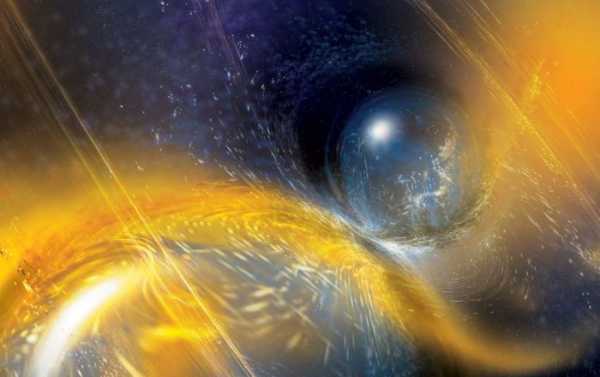
Crushed cores of exploded stars – magnetars – are a type of rare star believed to boast a powerful magnetic field for reasons not yet known.
A magnetar has been detected releasing staccato radio pulses in a sign of unusual behavior for one of the rarest stars in the galaxy.
In research on the study, titled “Spectropolarimetric properties of Swift J1818.0−1607: a 1.4 s radio magnetar”, and submitted for peer review, Swift J1818.0-1607 has been recorded acting like a radio pulsar rather than a radio magnetar.
What renders the research even more fascinating is that it’s the fifth magnetar ever detected emitting pulsed radio waves.
The research, uploaded to the pre-print server ‘arXiv’, is being hailed as promising in its attempts to understand the links between the two classifications of dead stars: a pulsar and a magnetar.
The Burst Alert Telescope attached to the Swift Observatory detected Swift J1818.0-1607 undergoing a gamma-ray outburst on 12 March 2020, with subsequent observations detecting pulsed X-ray emission and two days later, radio emission.
Initial analysis showed the magnetar to be the fastest rotating pulsar found and possibly, at 240 years – the youngest.
The team of astronomers, led by Lower, reported to the Parkes Observatory radio telescope in Australia to carry out further observations, recording the object for three hours. The result initially showed the star emitting pulsed radio waves similar to those from other radio pulsars.

Parkes Radio Telescope
The registered radio outburst showed a similarity to a specific radio outburst from a high magnetic field pulsar called PSR J1119-6127 registered in 2016.
Lower added that the two stars also had a similar radio brightening, which could suggest the mechanism behind the radio outbursts was similar, and feeding into a theory that some magnetars could evolve from pulsars.
Mystery of Magnetars
Magnetars are a subcategory of neutron stars, which are the dense core remnants of a large star that had transformed into a supernova.

Supernova explosion
But the distinctive feature of the magnetars is their powerful magnetic fields, which are around a quadrillion times more powerful than planet Earth’s. Science is yet to reveal the reasons for this.
The magnetars are rare, with only some 24 discovered in our galaxy up to this point. From these, just a few have been detected emitting radio waves.
The other classification of dead stars – pulsars, have been identified by the thousands.
The pulsars are spinning neutron stars emitting jets of radio radiation from their poles.
Scientists have been speculating that since pulsars and magnetars are a both forms of a neutron star, there would be common factors linking them. However, all studies have failed to come up with any significant data, with astronomers supposing this was due to the magnetic field being too powerful to support pulsar-like radio emission.
Current research is suggesting that most magnetars are “facing the wrong way”.
After the current breakthrough research, more observations would be needed to confirm the findings.
Sourse: sputniknews.com
0.00 (0%) 0 votes

































